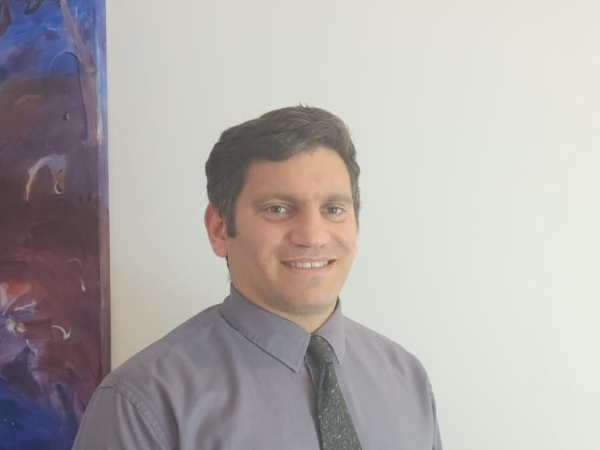
Jason Cooney is the Director of Tsaks Consulting, a bid and tender writing consultancy based in Auckland.
Conduct a thorough bid / no bid analysis
Make impactful decisions about where to focus your efforts. There is no point in bidding if you don’t have a chance of winning. Factors to consider when deciding whether to bid for a potential contract include:
- Your relationship with the client.
- Your prior experience delivering services similar to those requested.
- Your locality – you generally have a greater chance of securing government contracts if you are in the respective local area. If you’re not local, consider whether you have the goods to deliver our of region and still meet the needs of the client – for example, what special innovations or skills will you bring to the table that are not available locally?
- Your capacity to complete the project within the proposed timeline.
- The resources you have to put in a quality bid.
A thorough bid/no bid process will ensure you don’t use vital internal resources bidding for work you don’t have a chance of winning. Instead, you can focus on budding for work which you have a reasonable chance of winning. Being selective enables you to maintain a strong level of morale and productivity within your team over the short, medium and long term.
In addition, for smaller clients, formal fee proposals are often requested requiring you to detail previous experience and quickly gain credibility in the eyes of the reader.
Adopt a positive writing style
Procurement teams are busy, sophisticated and experienced professionals. You won’t be able to get away with submitting a whole lot of general marketing writing. Nor will procurement personnel want to read about what you propose to deliver, without seeing any evidence of how you will deliver it.
Your writing needs to be concise, tailored to the opportunity and positive. In addition, what you promise needs to be backed up by evidence.
For example, let’s assume you are an architecture and project management firm bidding to deliver design and project management services for a series of government funded education institutions.
Buildability will possibly be a key theme of your submission. As opposed to writing:
“We understand the importance of including buildability principals in our proposed design. Our team can incorporate buildability into the design where possible.”
You could consider writing:
“Buildability principals will be incorporated throughout the design process for (name of project). Our capability in this regard is evidenced by our work on (insert project name) as detailed in case study 3 – (insert project name).”
You could further enhance the previous sentence by writing:
“We are excited to incorporate buildability principals throughout the design process for this project…..”
Either way, it is important to use positive, concise and tailored language throughout the bid so the reader understands you have written the proposal for the specific opportunity and haven’t cut and pasted generic marketing content to create the proposal.
Write a client focused executive summary or introduction
The executive summary is a great opportunity to really hammer home the points where you differ from your competitors and hit the clients pain points with a quality solution.
It is a great idea to personalise your executive summary or introduction. Resist the temptation to simply summarise your bid or proposal. Instead, summarise the key points that set you apart, and provide personalised commentary on the project and why your firm will be the best fit.
It is important to touch on the experience of your key team members where it is relevant to the proposed project and you can personalise the executive summary by referring to your team members by name.
Ensure you focus on the client and the project and why you are the right firm for the role. This is a trap many firms fall into. They focus on themselves and assess their capabilities against the selection criteria. This results in identifying differentiators that are not real differentiators.
Look at your capabilities from the outside in. Put yourselves in the shoes of the procurer and look at your firm as well as your major competitors. Assess where your competitive differences lie and where these crossover with the requirements of the tender. These points can then be incorporated into the executive summary.
Tailor your Bios
Often you’ll need to put forward a team of professionals to secure a large piece of work. It may be, for example, a head engineer, supported by two associate engineers. Most RFPs will ask you to provide a CV or Bio for each proposed team member. It is critical you don’t just cut and paste your existing Bio for each opportunity.
Each Bio needs to be tailored to reflect the specific project / assignment. For example, if you’re tendering to provide structural and civil engineering services for the development of a school, talk about your experience working on government projects, as well as your experience servicing the education sector, and finally, your experience working on projects of similar size and scale.
Also talk about your track record working together as a team. The client will be impressed by the prospect of having a team of consultants working on their project who have all worked cooperatively together on different projects in the past.
Provide relevant experience and case studies
Most tenders and proposal include information on your prior experience. When putting together details on your previous experience and any case studies go beyond the norm of simply listing and providing a brief description of the project. Instead, concisely provide a little more detail such as:
- The nature of the project including the size and scale.
- The scope of services you provided including any value-added services, or services you delivered that were beyond the initial scope.
- How you incorporated buildability and any other innovative ideas and methodologies to your design or specification and the benefit they delivered to the client / project.
- What team members were involved in the project and in what role.
- Any key challenges in the project and how they were overcome.
- How you worked co-operatively with other consultants to deliver the project
Also think about the future strategic needs of the client – do they have a commitment and a focus on sustainability or a commitment to net zero? What are their diversity goals? Show how your experience can support your client’s ESG goals.
Graphics and Infographics
Whether it’s a tender or general proposal, cutting edge graphics and infographics are fast becoming the norm. It is critical to ensure they have meaning. Where you incorporate images of your previous projects, create a call out box and talk about where you added real value.
Use titles and header images to ensure your proposal is professionally presented and integrate your colour scheme and theme with your corporate style guide. The look and feel of your proposal need to match your website and other corporate branding where possible, particularly for proposals and capability statements.
Infographics are also particularly useful for providing a simple graphical presentation of a solution to complex problems. Ensure the infographic is clear and use relevant icons to convey meaning. Where there is a large slab of content, consider an infographic to convey your point and use captions to provide further detail within the graphic.
Summary
Putting the necessary time and effort into delivering a tailored, concise and well thought out proposal backed by evidence will give you the edge and optimise the outcome. Resist the temptation of bidding for everything and anything or including general marketing content in your submission. This will help you stay credible in the eyes of the reader.
Author – Jason Cooney is the Director of Tsaks Consulting, a bid and tender writing consultancy based in Auckland.
